Researchers who built the device say it can lock itself onto the thruster nozzles used by most satellites and stay there for long periods undetected.
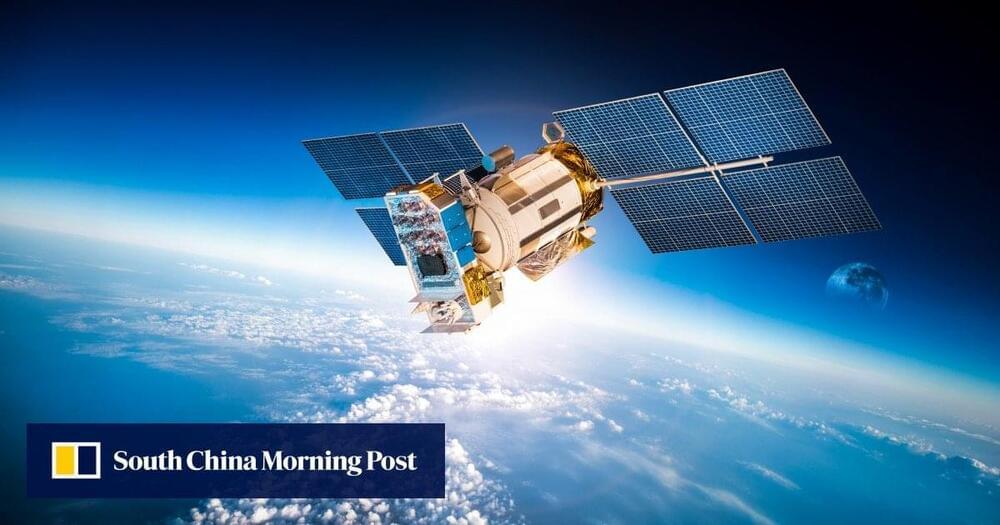

NASA has a launch date for that most Hollywood of missions, the Double Asteroid Redirection Test, which is basically a dry run of the movie “Armageddon.” Unlike the film, this will not involve nukes, oil rigs or Aerosmith, but instead is a practical test of our ability to change the trajectory of an asteroid in a significant and predictable way.
The DART mission, managed by the Planetary Defense Coordination Office (!), involves sending a pair of satellites out to a relatively nearby pair of asteroids, known as the Didymos binary. It’s one large-ish asteroid, approximately 780 meters across — that’s Didymos proper — and a 160-meter “moonlet” in its orbit.
As the moonlet is more typical of the type likely to threaten Earth — there being more asteroids that are that size and not easily observed — we will be testing the possibility of intercepting one by smashing into it at nearly 15,000 miles per hour. This will change the speed of the moonlet by a mere fraction of a percent, but enough that its orbit period will be affected measurably. Knowing exactly how much will help us plan any future asteroid-deflection missions — not surprisingly, there isn’t a lot of existing science on ramming your spacecraft into space rocks.
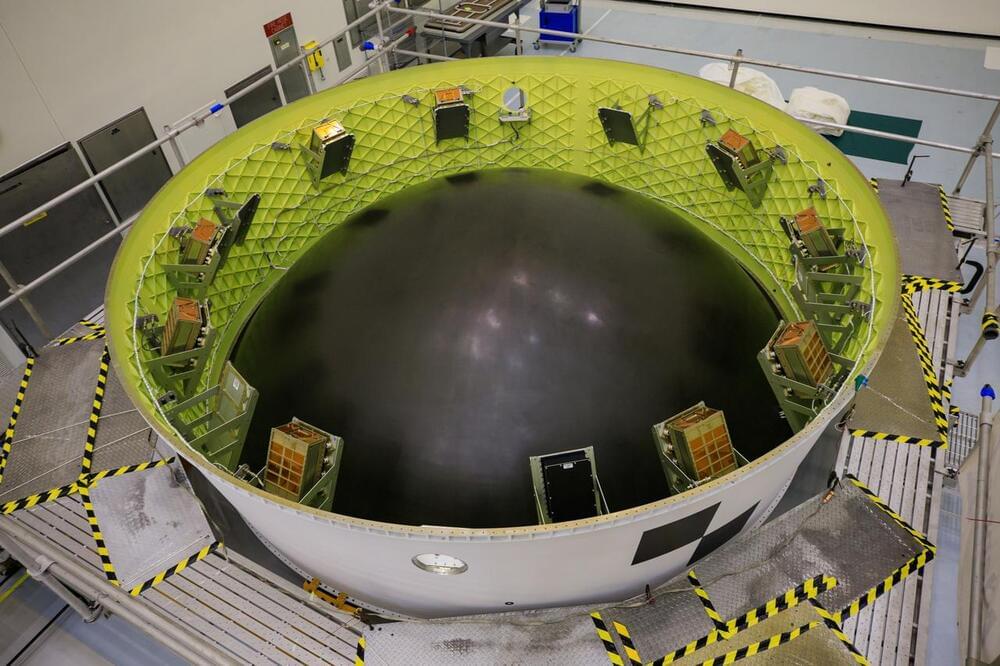
Workers at NASA’s Kennedy Space Center have lifted the Orion Stage Adapter on top of the Space Launch System moon rocket, adding the structure housing 10 CubeSat rideshare payloads heading into deep space on the Artemis 1 mission. But three of the CubeSat missions missed their opportunity to fly on the first SLS mission.
Teams inside the Vehicle Assembly Building at Kennedy raised the Orion Stage Adapter on top of the Space Launch System rocket Friday evening, according to Madison Tuttle, a NASA spokesperson.
The mounting of the circular adapter structure is one of the final steps in stacking the SLS rocket inside High Bay 3 of the iconic assembly building. The Orion spacecraft, NASA’s human-rated moon ship, will be added to the rocket in the coming days to complete the build-up of the 322-foot-tall (98-meter) launch vehicle for an unpiloted test flight to lunar orbit and back to Earth.
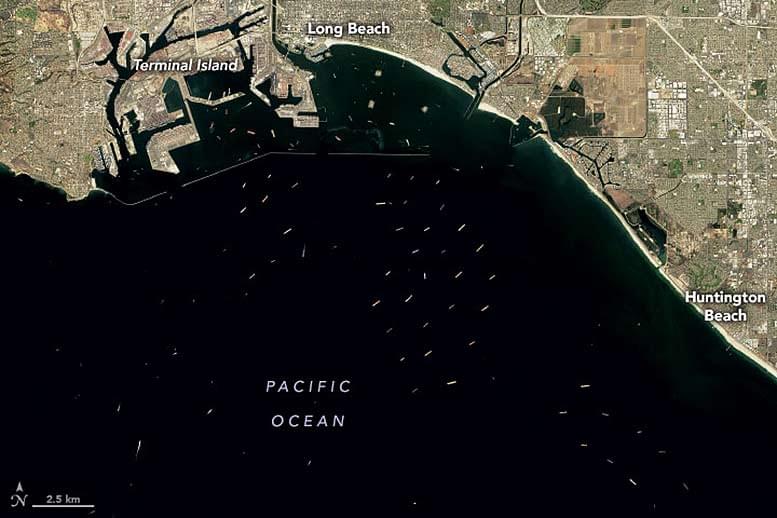
The pandemic has disrupted global supply chains and markets in ways that have led to backlogs of cargo ships at key ports.
Booming demand for consumer and goods, labor shortages, bad weather, and an array of COVID-related supply chain snarls are contributing to backlogs of cargo ships at ports around the world.
Among those seaports are the Port of Los Angeles and Port of Long Beach in Southern California, the two busiest container ports in the United States. On October 10 2021, the Operational Land Imager (OLI) on Landsat 8 captured this natural-color image of dozens of cargo ships waiting offshore for their turn to unload goods. On the same day, the Advanced Spaceborne Thermal Emission and Reflection Radiometer (ASTER) on NASA.
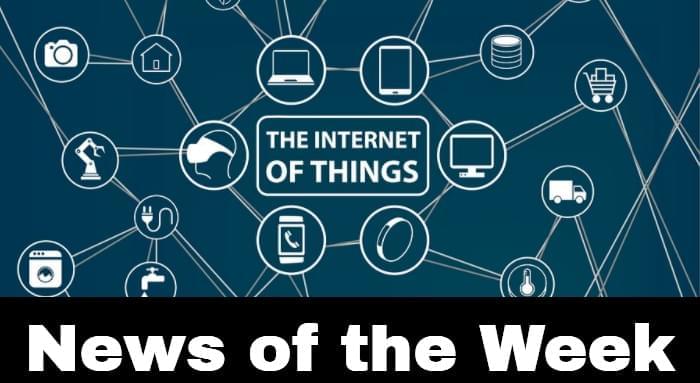
A company building chips designed for AI at the edge gets $136M: There’s no shortage of funds for any chip firm building processors for AI. After a desert of chip funding in the mid-aughts, I’m grateful for it, but it’s an overwhelming amount of money…
Tiny satellites and radios made for tracking big animals: This article is really interesting and shows just how small but powerful tracking devices have become when it comes to keeping an eye on the animal population. For example, not too long ago a tracking device meant for specific sharks would cost $10,000. These days? Open source projects combined with low-cost radios drop the price to just over a tenth of that. These aren’t just for the biggest of the big, though. One researcher at Yale has attached small “backpacks” weighting just 3.5 grams to 55 American robins to follow their migration path and time. Aside from the decreased price of the radio technology, it’s impressive how this community is working together on a common problem. (Washington Post) — Kevin C. Tofel.
One emergent company, Virgin Orbit wants to switch from a fuel-burning upper stage to solar energy, a move that could support future human habitats on other planets.
The satellite launch company has made a name for itself with its visually striking rocket launches. Strapped to the wing of a Boeing 747 the LauncherOne rocket doesn’t need the same launch pads and infrastructure as its competitors.
Virgin Orbit has hosted two successful launches to orbit, but it’s not stopping there. CEO Dan Hart tells Inverse that “we’re developing a solar electric upper stage for our rocket right now.”
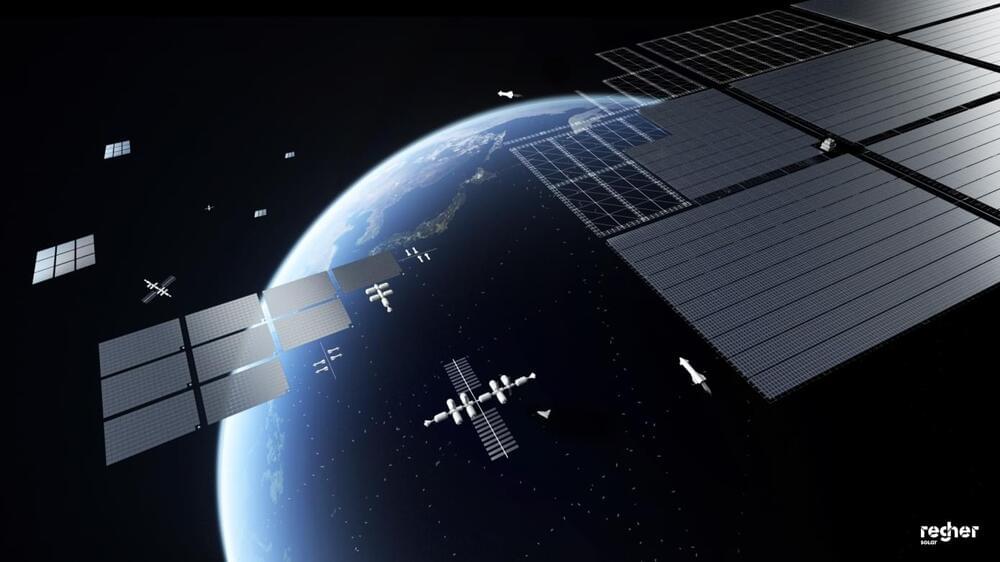
The math is pretty basic. How many satellites are going to go up over the next decade? How many solar panels will they need? And how many are being manufactured that fit the bill? Turns out the answers are: a lot, a hell of a lot, and not nearly enough. That’s where Regher Solar aims to make its mark, by bringing the cost of space-quality solar panels down by 90% while making an order of magnitude more of them. It’s not exactly a modest goal, but fortunately the science and market seem to be in favor, giving the company something of a tailwind. The question is finding the right balance between cost and performance while remaining relatively easy to manufacture. Of course, if there was an easy answer there, someone would already be doing that.
Full Story:
Intech Company is the ultimate source of the latest AI news. It checks trusted websites and collects bests pieces of AI information.
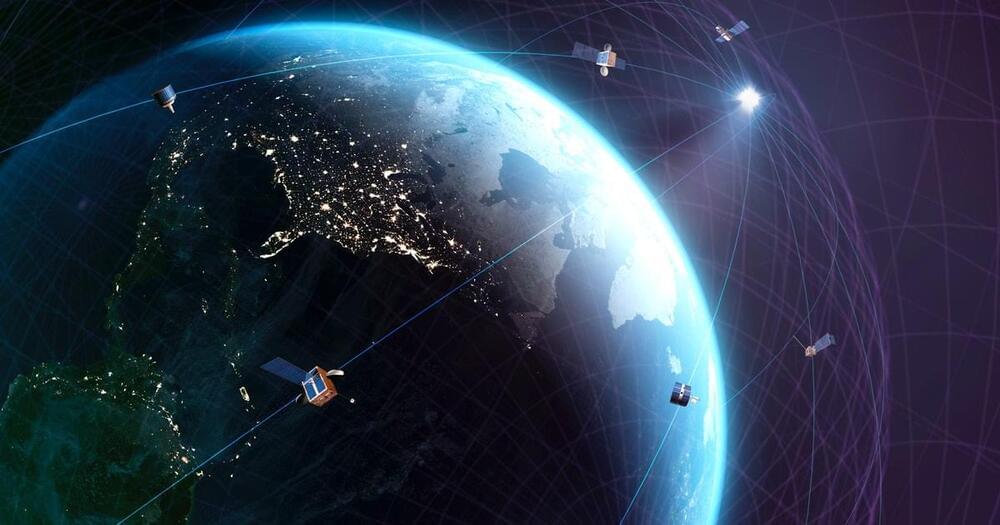
Starlink is feeling the chill.
On Wednesday, Teslarati reported that SpaceX will likely host its second Starlink launch from the west coast of the U.S. as soon as Sunday, October 17. The mission is expected to launch 51 Starlink satellites, complete with optical interlinks that will enable the satellites to bring internet access to Earth’s poles.
It’s another moment of expansion for SpaceX’s under-construction internet constellation, designed to bring high speed and low latency access to almost anywhere in the world. The company first started signing up beta testers in mid-2020, and early reports suggested that users are receiving up to 150 megabits per second.
For the long term, SpaceX has plans for much faster access. A January 2021 presentation suggested the company’s long-term ambition is to provide speeds of up to 10 gigabits per second.
The term, “casualty risk” doesn’t literally mean humans will be smashed by falling satellites, but there is an increasing risk of satellite collisions, which could hinder or even spell disaster for future orbital missions. And, satellites de-orbited without control could pose a danger to property or the well-being of some on the surface.
In other words, it’s time to rethink the way we dispose of satellites.
Full Story:
What goes up, must come down.
Or at least, for satellites, it should.

Today’s world is one big maze, connected by layers of concrete and asphalt that afford us the luxury of navigation by vehicle. For many of our road-related advancements — GPS lets us fire fewer neurons thanks to map apps, cameras alert us to potentially costly scrapes and scratches, and electric autonomous cars have lower fuel costs — our safety measures haven’t quite caught up. We still rely on a steady diet of traffic signals, trust, and the steel surrounding us to safely get from point A to point B.
“If people can use the risk map to identify potentially high-risk road segments, they can take action in advance to reduce the risk of trips they take. Apps like Waze and Apple Maps have incident feature tools, but we’re trying to get ahead of the crashes — before they happen,” says He.
Full Story:
A deep model was trained on historical crash data, road maps, satellite imagery, and GPS to enable high-resolution crash maps that could lead to safer roads.